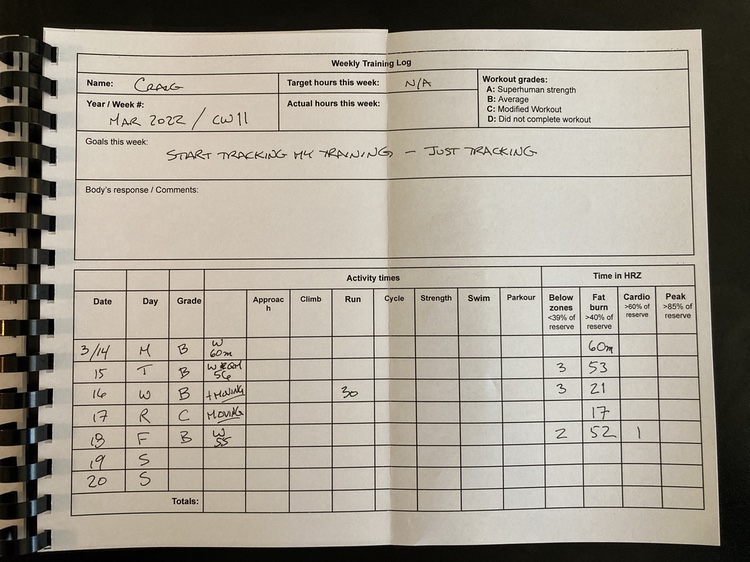What strategies can podcasters use to manage the complexities of content creation and sustain their passion over time?
The conversation explores how podcasters balance creative ambitions with practical constraints.
I think what would be a nice way to wrap it— would be, to create some kind of an ebook, or something like that, to condense a lot of the learnings into something.
~ James Fricker (12:24)
The conversation discusses the challenges podcasters face in managing their creative ambitions alongside time and resource constraints. Strategies for prioritizing tasks, such as focusing on specific platforms and using tools to repurpose content efficiently, are explored. The discussion also touches on how podcasters can manage information overload and set boundaries to maintain sustainability.
Career growth and the role of podcasting as a learning tool are significant themes. The potential for podcasting to foster connections within organizations is considered, with an example of private podcasts enhancing workplace culture. Inspirations like Tim Ferriss demonstrate the importance of preparation and structure in creating impactful episodes. The idea of consolidating podcast learnings into formats like ebooks is presented as a way to conclude a series thoughtfully.
Takeaways
Prioritizing tasks — Necessary for balancing podcasting with other commitments.
Repurposing content — Tools can help extend the reach of episodes across platforms.
Career growth through podcasting — Engaging with guests offers valuable personal insights.
Workplace podcasting — Potential for private podcasts to build organizational connections.
Concluding a podcast — Ideas like creating an ebook provide a meaningful closure.
Drawing inspiration — Examples like Tim Ferriss illustrate the importance of preparation.
Knowing limits — Recognizing when to stop fine-tuning an episode is essential.
Resources
Graduate Theory Podcast — James’s podcast focused on early career advice.
Movers Mindset Podcast — Craig’s long-running podcast about movement philosophy.
Repurpose.io — A tool for repurposing video and audio content for social media.
(Written with help from Chat-GPT.)
ɕ
